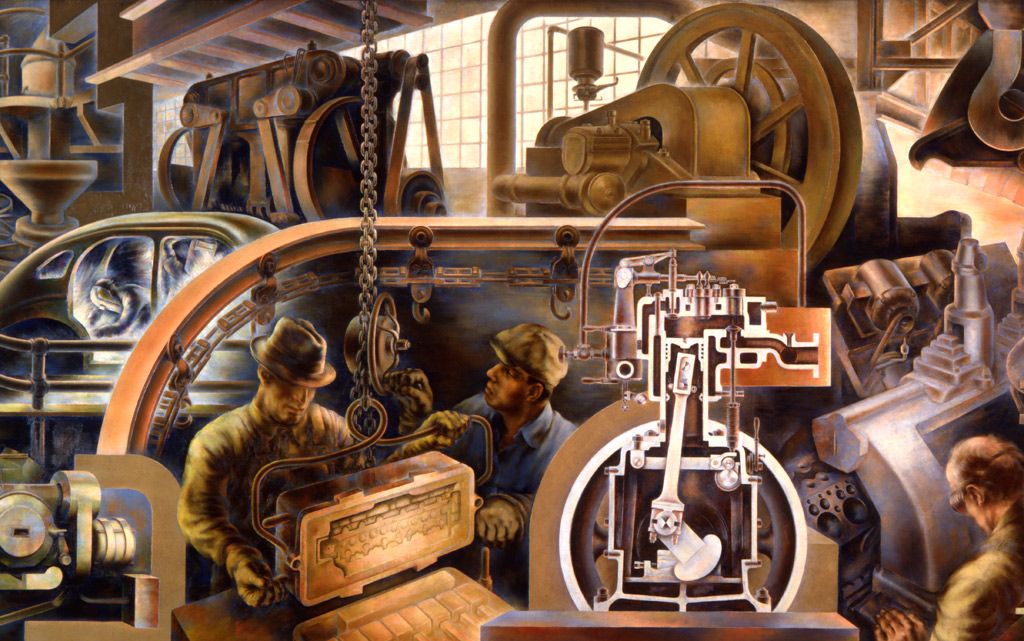by CHIARA MARLETTO

Constructor theory is a new vision of physics, but it helps to answer a very old question: why is life possible at all?
iving things have puzzled and challenged us since the dawn of our species. Even in the light of our modern scientific understanding, they seem remarkable. A merlin falcon hunting its prey, a hummingbird suspended in the air beside a flower, the self-reproduction of a bacterial cell: all are instances of stunning control and precision. How could anything so complex have originated from inert matter?
For millennia, some of the most brilliant thinkers have attempted to answer this question. Most of them concluded that living things must have been produced by an intentional design process. They were wrong, of course: the theory of evolution by variation and natural selection – Charles Darwin’s momentous leap – shows how those stupendously intricate mechanisms can come about without one. Yet the task of showing how life itself can arise without design is surprisingly vexed.
The very problem Darwin’s theory addresses is ultimately rooted in physics: living things have certain properties that seem to set them apart from other aggregations of inert matter. They have many different subparts – instantiating biological adaptations – all coordinating to some function. That’s the key property: they closely resemble objects that have literally been designed, such as factories and robots. For example, the ciliary muscles and the lens in the eye coordinate exquisitely to permit vision, just like the optical components of a sophisticated camera. In modern biology, this is called the appearance of design – a property described by Socrates and given canonical expression in 1802 by William Paley in his ‘watchmaker’ argument for the existence of God.
More generally, living things, again just like factories and robots, have the ability to perform physical transformations with a very high degree of precision, and to do so repeatedly and reliably. A goat’s jaws and heart just keep on chewing and beating for its whole lifetime. If you got the goat to graze your lawn, it would mow it to high accuracy and be just as capable of doing the same when presented with another lawn. It just keeps going: the goat is, among other things, a lawnmowing machine.
Unlike factories, all living things rely on a rather peculiar contrivance: the living cell. Cells can self-reproduce, manufacturing new instances of themselves in a process involving, at its heart, the faithful replication of the genetic information contained in the cell’s DNA. We find this capacity nowhere in the rest of nature. Even among human technologies, there are only dim foreshadowings of it, such as 3D printers that print some of their own spare parts.
Why should such features of living things constitute a problem for physics? Crucially, what can and cannot be made to happen in the physical world is determined by physical laws. For example, a perpetual motion machine cannot be constructed, no matter what resources are devoted to the task, as it is forbidden by those laws. Conversely, given the presence of life in our universe, physics must be such as to allow for it.
But our laws of physics provide only certain elementary objects, such as simple chemicals, in great numbers. These objects do not, in themselves, have the ability to repeatedly cause highly accurate transformations. Neither do they seem adapted to do anything in particular. If they do cause transformations, it is neither very accurately nor reliably: they wear out and make errors, their resources get depleted, and so on. In other words, the laws of physics contain no built-in facility for accurate transformations; nor, in particular, for biological adaptations that can bring such transformations about. They are no-design, in this special sense. Thus the problem with living things, expressed within physics, is that they are highly adapted to effect all sorts of transformations to high accuracy, whereas the laws of physics aren’t.
Given that life isn’t the output of an intentional design process, but evolved, how could living things have evolved given these design-free laws of physics? Darwin’s theory addresses this problem, explaining that variation and natural selection bring about the appearance of design. But this in itself doesn’t close the explanatory gap, as we can see especially clearly in the modern version of Darwin’s theory – neo-Darwinism. At its heart are the replicators, or genes – bits of DNA that are transmitted, by replication, to the next generation. Moreover, for replication to be as accurate as it is in living things, accurate self-reproduction of the cell is also required. In short, the theory presupposes the possibility of certain accurate physical transformations, and these are just what no-design laws of physics fail to provide in their starter kit.
Aeon for more
